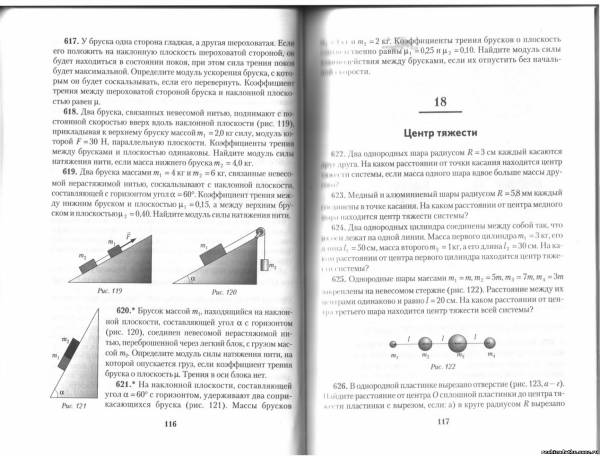Sbornik Zadach Po Fizike 9 Klass Isachenkova Paljchik Dorofejchik Otveti

Abstract The hypersonic effect is a phenomenon in which sounds containing significant quantities of non-stationary high-frequency components (HFCs) above the human audible range (max. 20 kHz) activate the midbrain and diencephalon and evoke various physiological, psychological and behavioral responses.
If a negative hypersonic effect, observed when HFCs between 16 kHz and 32 kHz were applied, may pertain to a certain relationship with a decrease in the activity of the deep-lying brain structure, a biological assessment would be required in terms of the safe use of HFCs. LIST OF PUBLICATIONS. HRISTO KYUCHUKOV. PROFESSOR OF ROMANI LANGUAGE. Sbornik tekstove za diktovki i prerazkaz po romski ezik (kniga za uchitelja) [Texts for dictations for teaching Romani]. Dom, dete, detska gradina, N 4, pp.3-9, (in Bulgarian). Obuchenieto po chetene v I klas v usloviya na balgaro-turski bilingvizam [Teaching.
Yet important issues remain unverified, especially the relationship existing between the frequency of HFCs and the emergence of the hypersonic effect. In this study, to investigate the relationship between the hypersonic effect and HFC frequencies, we divided an HFC (above 16 kHz) of recorded gamelan music into 12 band components and applied them to subjects along with an audible component (below 16 kHz) to observe changes in the alpha2 frequency component (10–13 Hz) of spontaneous EEGs measured from centro-parieto-occipital regions (Alpha-2 EEG), which we previously reported as an index of the hypersonic effect.
Our results showed reciprocal directional changes in Alpha-2 EEGs depending on the frequency of the HFCs presented with audible low-frequency component (LFC). When an HFC above approximately 32 kHz was applied, Alpha-2 EEG increased significantly compared to when only audible sound was applied (positive hypersonic effect), while, when an HFC below approximately 32 kHz was applied, the Alpha-2 EEG decreased (negative hypersonic effect).
These findings suggest that the emergence of the hypersonic effect depends on the frequencies of inaudible HFC. Citation: Fukushima A, Yagi R, Kawai N, Honda M, Nishina E, Oohashi T (2014) Frequencies of Inaudible High-Frequency Sounds Differentially Affect Brain Activity: Positive and Negative Hypersonic Effects. PLoS ONE 9(4): e95464. Editor: Joel Snyder, UNLV, United States of America Received: November 15, 2013; Accepted: March 26, 2014; Published: April 30, 2014 This is an open-access article, free of all copyright, and may be freely reproduced, distributed, transmitted, modified, built upon, or otherwise used by anyone for any lawful purpose.

The work is made available under the Creative Commons CC0 public domain dedication. Funding: This work was partly supported by JSPS KAKENHI Grant Number 22240049 and by MEXT KAKENHI Grant Number 22135008 for MH. This work was partly supported by JSPS through the “Funding Program for Next Generation World-Leading Researchers” for EN, initiated by the Council for Science and Technology Policy. The funders had no role in study design, data collection and analysis, decision to publish, or preparation of the manuscript.
Kuroko no basket season 1 eng sub 720p 1080p hd. Both Kuroko and Kagami see old friends walk back into their lives, providing a challenge both on and off the court. As new skills are developed and new alliances created, enemies from various teams—giants of high school basketball such as Yousen, Shuutoku and Touou—stand in the way of Seirin’s steadfast attempts to get to the top. All of these schools prove to be formidable foes whose abilities progress exponentially, while Kuroko struggles to find a balance between his resolve to play as part of a team and his desire to win. With the Interhigh Championship finally over, Seirin’s basketball team refocuses their efforts, training harder than ever to get the chance to participate in the Winter Cup.
Competing interests: The authors have declared that no competing interests exist. Introduction It is generally accepted that humans cannot perceive air vibrations in the frequency range above 20 kHz as sound. Oohashi et al.